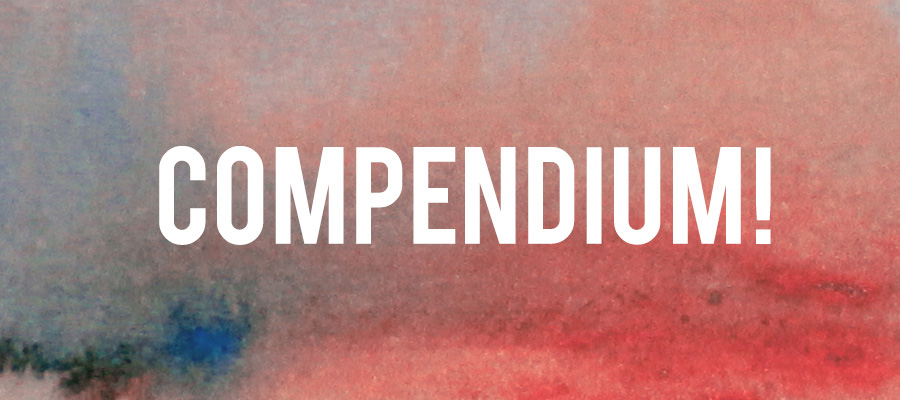It is a melancholy object to those who walk the McLennan-Redpath underpass to see the youth of our times imbibing of the dread tobacco. Here, I have attempted to arrive, through a dialectical approach, at the speediest and most efficient course of action to prevent what is simultaneously a public blight, an odoriferous incursion upon nasal cavities, and a major health concern that strikes into the very heart of the healthcare system.
The major antagonism is, however, not between the smokers and non-smokers; but actually between the smokers and the publick space of the McLennan-Redpath underpass area. Many factors contribute to this location being the quintessential smoking spot. First, it is covered overhead, which means precipitation of most any kind fails to impede the shenanigans that take place here. Second, the architectureóthe niches and alcoves in the area mean that on the windy day, one can easily slip into one of these sections, surrounded by concrete, and, much like a prairie dog, snuggle in warmly to smoke. Third, the benches are an invitation to sit down in an attempt to take a break from work. Fourth and finally, the space is like a stage, facing the glass panels of the Redpath Basement study area. How are we to expect the average human to not provide these unsuspecting onlookers with displays of the nuanced geometries of smoke and fragrant vape juice tendrils?
Since it is space, then, that is at stake, I do therefore humbly offer it to publick consideration that the space itself be manipulated in specific ways. En vogue in informed circles of our time is Hostile Architecture. You may have seen the seats at Laurier or Mont-Royal metro stationsóthey are built in a manner, so narrow, so divided, that one can only sit on them, nary lie down nor stretch or extend the body in any manner but that which the seats command the body. Leacock 132 is another such example that our own campus can take pride in. One cannot face but the speaker. The seats allow no movement, and the very difficulty of moving past the seated (not to mention, the often uncalled for entanglement of bodies that said movements elicit), make one question if even answering the ìcall of natureî is natural in such a place. The inherent comfort of the McLennan-Redpath alcove, complete with free, open bench support, provides the provisions necessary for the meandering McGill smokestack. To quote James Joyce, the McLennan-Redpath underpassí descent into Hostile Architecture must be ìmade not begotten.
Seen in this regard, the underpass space should be overwhelmed with as vast a number as is feasible of a combination of fog machines, exhaust pipes, and smokestacks opening into the target area. In order to prevent the Independent Smoke Production of these ragged fiends, the Greater McLennan-Redpath Tunnel should be targeted as a source of smoke production. The University must monopolize the Smoke Production in this regard, both to deter the smokers from feeling welcome in the space, and also as a symbolic show of its uncontested primacy over the minds and bodies of its denizens. Of these two, the mind part has been effectively taken care of with the much-vaunted doctrine of hygiene de vie. But to paraphrase Michel Foucault, “the smoke [will be] the prison of the body.” Concrete vessels, of the underpass tubules installed like armrests, entwining the benches like branches, must emit aromatherapeutic smoke all over the underpass area at all times.
This should, if executed properly, create an atmosphere of complete disharmony to the many facets that the smoker considers vital to their presence. The grime, the grit of the entirety of the McLennan-Redpath Tunnel, once mirroring Montrealís beloved Droneís and Moonshine venues will be no more. Hygiene de vie shall prevail. The performative smoke break will be no more. The highly calming combination of these fumes should, in my humble opinion, deter the smoker from standing in these sacred spaces of stress and anxiety. Smoke being smoke, it will permeate each and every nook, cranny, and alcove in that area leaving traces of herbal scents. The fees towards the purchase of these items, especially of diffusers geared to emit, at the very least, smoke containing particulate matter of the herbal variety, can easily be obtained from the many avenues for such publick good on campus. To the desirability of this deterrent, I cannot attest, but to imaginings of its success, I can.
I profess, in the sincerity of my heart, that I have not the least personal interest in endeavouring to promote this necessary work, having no other motive than the publick good of my university, its air, its hygiene, and its publick spaces.

